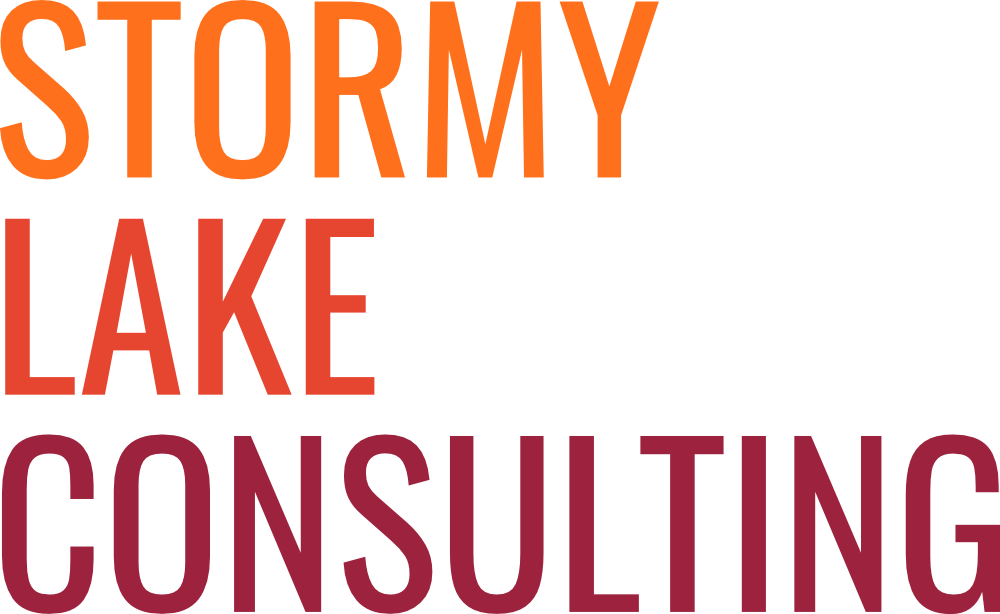The Scary Weekly Update
According to the experts (source: superficial Google search), the scariest things this Hallowe’en weekend will be:
Vampires
Zombies
Ghosts
Killer robots
US presidential candidates
Other creepy clowns (Clowns International has lost 80% of its members since the 1980s).
As reported on CIO.com, the list of things to fear extends to the workplace, where researchers and HR professionals have identified the most common as being:
Fear of failure
Embarrassment
Underperformance
Rejection
Change and uncertainty
Confrontation
Isolation
The office fridge
Artificial creamer
Peter, three hours into the Christmas party
Interestingly these are almost exactly the same fears of a five-year old starting school. Is it true that everything I need to fear I learned to fear in Kindergarten?
Turning to election season, a barrage of fear-based political messages are coursing through Canada and the US:
“Chaos and anarchy and vandalism and violence… you won’t be safe in Joe Biden’s America.”
"Sleepy Joe allowed his campaign to be taken over by the EXTREME RADICAL LEFT.”
“With Trump’s plan, Social Security will be bankrupt by 2023.”
“Young girls have spent the last four years witnessing the leader of the free world suffer no consequences for his mistreatment of strong women. It’s time to put an end to this behavior.”
We are not above the fray. This week the UCP in Alberta recommended that fundraising to seniors would be more successful by inspiring fear and anger.
Fear appeal advertising is not new. It is based on a persuasive message that emphasizes the potential dangers and harm that will befall you if you do not adopt the ad’s recommendations. Its origins stretch back to at least the 1920s when Listerine launched a new campaign targeting the fear of bad relationships because of bad breath:
Sales quadrupled.
While some believe that fear appeal does not universally work, there are actually very few circumstances where fear appeal ads are not effective and according to a study done at the University of Illinois, there are no identifiable circumstances where fear-based ads backfire and lead to undesirable outcomes.
Fear-based advertising is most effective when it meets all three of these criteria:
The ad successfully evokes fear or concern.
The ad offers specific, one-time ways for overcoming the fear. If you need to do repeated behaviours, the message is less effective.
The recommended method for overcoming the fear is easy to do.
Fear appeal campaigns work in politics because the action you need to do is very simple: vote. Just once. (Unless you are a dead democrat living in the Chicago in the 1960 presidential election, in which case you could vote many times.)
The efforts by Trump and the Republicans to make it harder for people to vote are well-publicized. They also have the effect of undermining the Democrat’s fear-appeal advertising. Because voting is made more difficult, the fear-based messages are not as effective.
The most successful fear-based ads leverage the sense of dread about a large negative consequence that will happen if you don’t do the recommended behaviours. But other effective fear-based approaches include the fear of change, the fear of failure and the fear of missing out.
FOMO is insidious. A LOT of researchers have shown the link between social media and depression, including psychologist Barry Schwarz. In his book “The Paradox of Choice,” Schwarz argues FOMO has created an epidemic of depression. The quest for more and more choices in life now creates despair, because people become ever more dissatisfied with what they have when they learn that there is always something else and better around the corner.
The solution, we are told, is to rediscover the existential virtue of missing out. In today’s world, we focus on saying yes and achievement, but far too little on saying no and avoidance. FOMO must give way to JOMO. Joy comes with the realization that the quest for more-more-more is futile and is bound to end in despair. A truly happy life will almost always involve moderation.
Moderation. Ha! That is futile this weekend. I mean, who really gives out more than half their candy to the little monsters visiting our doors. Let’s be honest, one for you and one for me is more likely the distribution.
Enjoy the sugar rush on Saturday and avoid the candy cupboard walk of shame on Sunday. Beware the full moon. Werewolves belong on the top monster list.
Ahh-wooooooo!
P.S. Did you know that Margaret Hamilton’s iconic Wicked Witch of the West – still rated as the greatest witch of all time – suffered 2nd and 3rd degree burns on her face as a result of the toxic copper oxide makeup she wore to get that deliciously putrid green colour.





